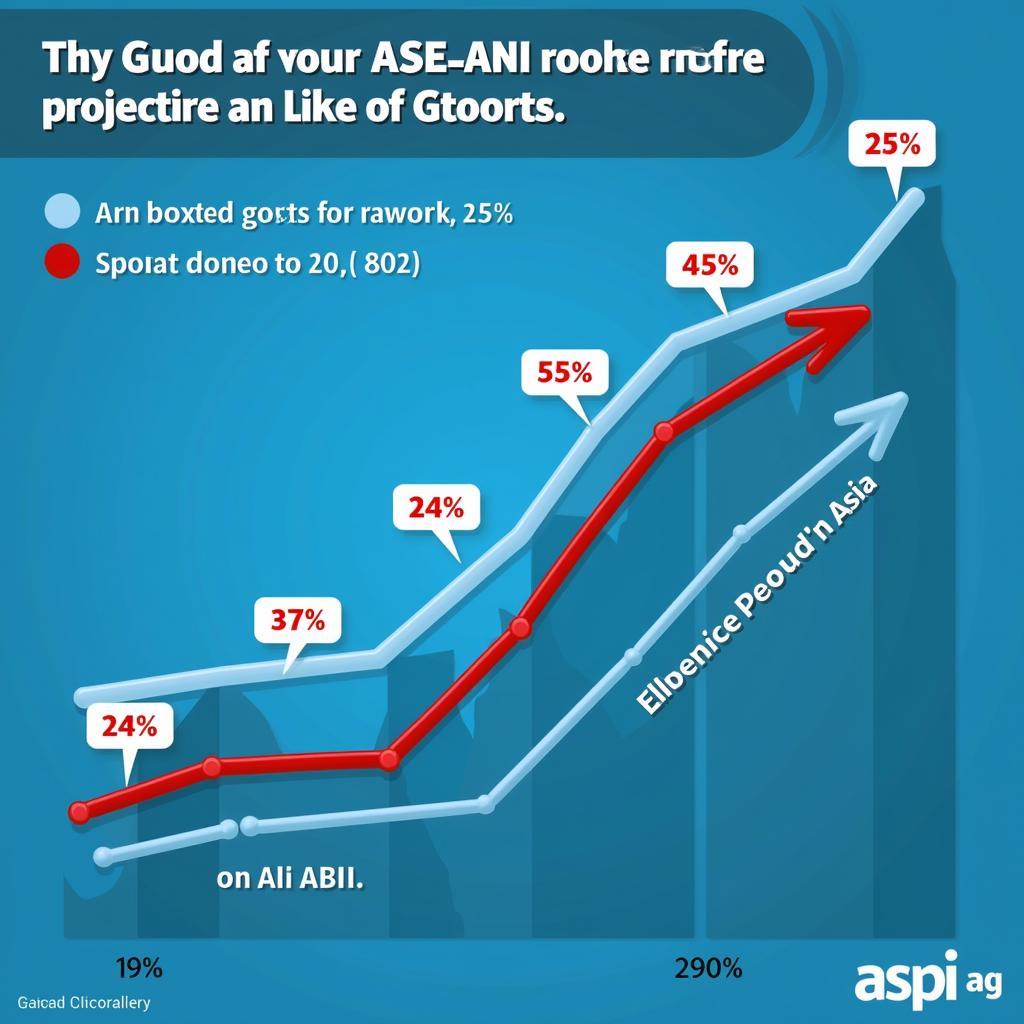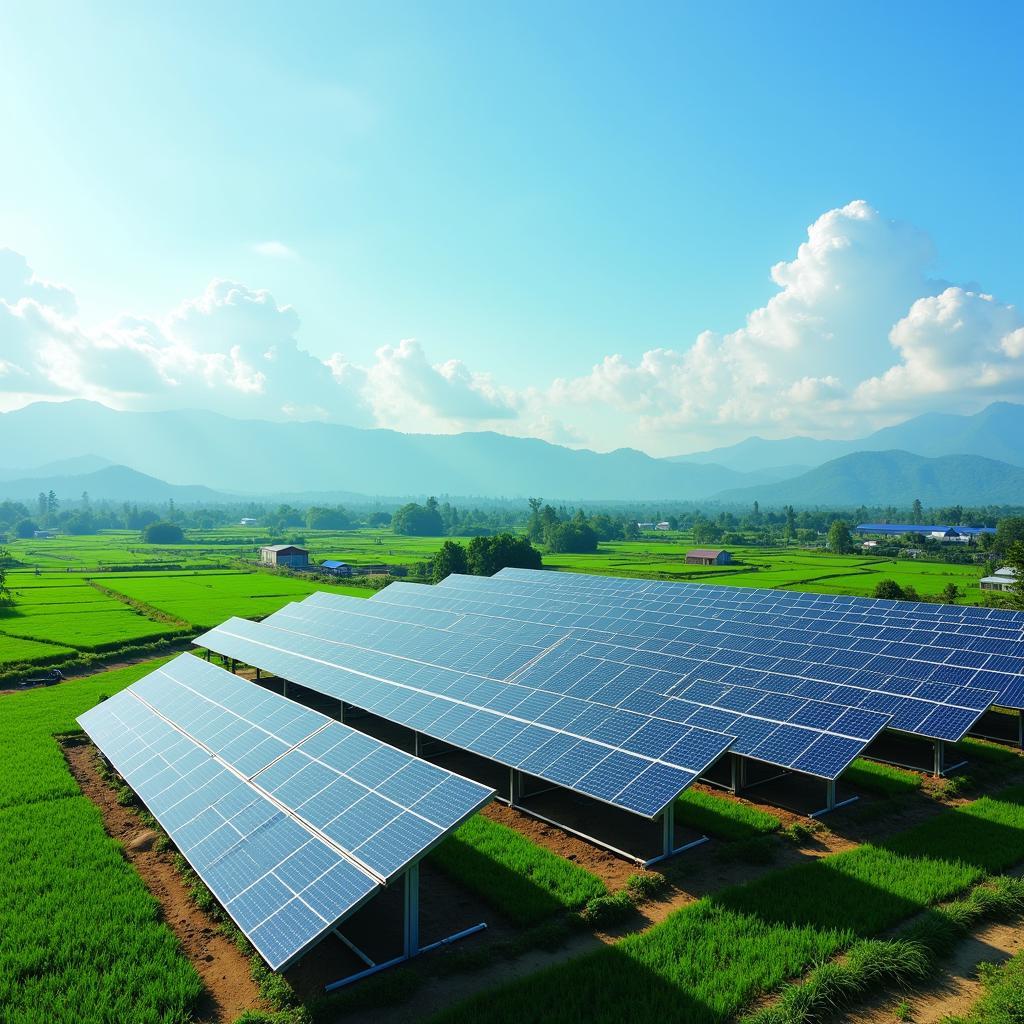The ASEAN subsea cable network is a critical infrastructure that connects the Southeast Asian region to the rest of the world. These underwater cables carry vast amounts of data, enabling seamless communication, facilitating international trade, and supporting the region’s digital economy.
The Importance of Subsea Cables in ASEAN
Subsea cables play a pivotal role in the economic growth and development of the ASEAN region. They provide high-bandwidth, low-latency connections that are essential for a wide range of activities, including:
- E-commerce: Online businesses rely heavily on fast and reliable internet connections to process transactions, manage inventory, and interact with customers.
- Financial Services: Banks, stock exchanges, and other financial institutions depend on subsea cables for real-time data transfer, enabling them to operate smoothly and efficiently.
- Tourism: Tourists rely on internet connectivity for booking flights and accommodations, navigating unfamiliar cities, and sharing their experiences online.
- Education: Subsea cables facilitate online learning, distance education, and access to vast educational resources available online.
- Government Services: Governments use subsea cables for e-government initiatives, data sharing, and disaster response coordination.
Key ASEAN Subsea Cable Systems
The ASEAN region is served by numerous subsea cable systems, including:
- Asia America Gateway (AAG): Connects Southeast Asia to North America via East Asia and Hawaii.
- Southeast Asia – Middle East – Western Europe 3 (SEA-ME-WE 3): Links Southeast Asia to Europe via the Middle East.
- TGN-Intra Asia (TGN-IA): Provides connectivity within Southeast Asia and to major hubs like Hong Kong and Japan.
- APG (Asia Pacific Gateway): A high-capacity cable system connecting Southeast Asia to East Asia and North America.
These are just a few examples of the extensive network of subsea cables that crisscross the region, providing vital connectivity to millions of people and businesses.
Challenges and Opportunities
While subsea cables have brought significant benefits to ASEAN, there are also challenges and opportunities associated with this critical infrastructure:
Challenges:
- Cable Cuts: Accidental damage from fishing activities or natural disasters can disrupt internet services and cause significant economic losses.
- Cybersecurity Threats: Subsea cables are vulnerable to cyberattacks that can compromise data security and privacy.
- Uneven Connectivity: Access to high-speed internet remains unequal across ASEAN, particularly in rural and remote areas.
Opportunities:
- Investing in New Cable Systems: As demand for data continues to grow, investing in new cable systems can enhance connectivity and support the region’s digital transformation.
- Enhancing Cybersecurity Measures: Strengthening cybersecurity protocols and collaborating internationally can protect subsea cables from threats.
- Bridging the Digital Divide: Expanding internet access to underserved communities can unlock economic opportunities and promote inclusive growth.
Conclusion
ASEAN subsea cable infrastructure is fundamental to the region’s economic prosperity and digital future. By addressing the challenges and seizing the opportunities, ASEAN can harness the full potential of subsea cables to connect its people, businesses, and governments to a globalized world. This will require continued investment, collaboration, and innovation to ensure a robust, secure, and inclusive digital ecosystem for all.
FAQs
What is a subsea cable?
A subsea cable is a cable laid on the seabed between land-based stations to carry telecommunication signals across stretches of ocean and sea.
How long does it take to repair a subsea cable cut?
The repair time for a subsea cable cut can vary depending on the location, depth, and severity of the damage. It can take anywhere from a few days to several weeks.
What are the environmental impacts of subsea cables?
Subsea cables have minimal environmental impact. During installation, care is taken to avoid sensitive marine ecosystems.
How is the ASEAN region addressing cybersecurity threats to subsea cables?
ASEAN countries are working together to enhance cybersecurity measures, share information, and develop best practices to protect subsea cables from cyberattacks.
What is being done to improve internet connectivity in rural areas of ASEAN?
Governments and private companies are investing in various initiatives to expand internet access in rural areas, including deploying terrestrial fiber optic cables, satellite technology, and mobile broadband infrastructure.
For further assistance, please contact:
Phone Number: 0369020373
Email: aseanmediadirectory@gmail.com
Address: Thôn Ngọc Liễn, Hiệp Hòa, Bắc Giang, Việt Nam.
Our customer support team is available 24/7 to assist you.


